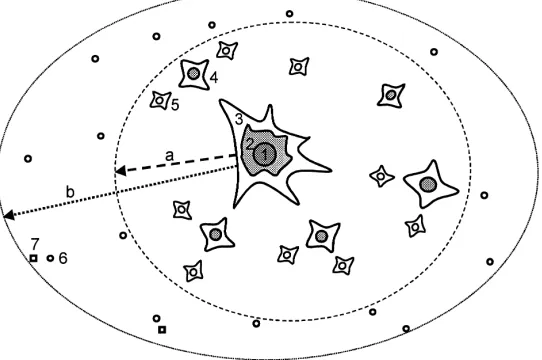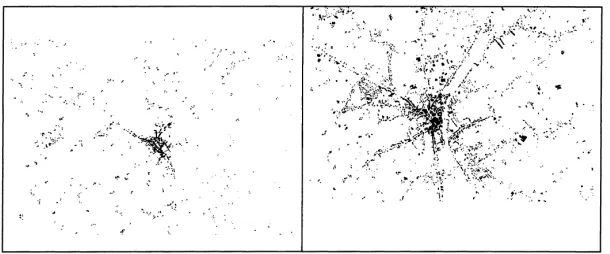Directory UMM :Data Elmu:jurnal:A:Agriculture, Ecosystems and Environment:Vol77.Issue1-2.Jan2000:
Teks penuh
Gambar




Dokumen terkait
The satisfaction relationship implies that respondents who are more satis®ed with their anti- virus software will also be more likely to impose restrictive management policies2.
EDI control design is ill-structured and demands consideration of the complex causal relationships among various components of the controls, which may be broadly classi®ed into
After clarifying the main concepts used, the different modelling approaches that have been used to study land-use change are examined, case study evidence on processes and drivers
The strength of this book is the depth of really useful information given in the result sections (Chapter 3), where check- lists for sustainable landscape management are
The results showed that the variability of this parameter occurs within really short spatial intervals (of less than 100 m) and neither radiation nor the slope seemed to have
At the farm level, vispa could be useful not only for ranking case study farms but also for processing data concerning farm typologies that can be individuated by means of
high quality ecological food pro- duction, least balanced between nature and food production (+) 1.3 Carrying capacity EOPS ecological management..
In many cases such fields were the last reserves for annual field plants — without regular ploughing annual weeds disappear and perennial plants take over (van Elsen and Gün-
